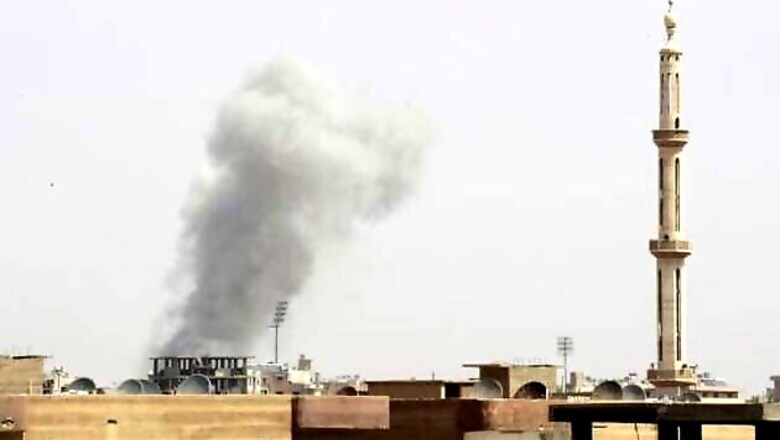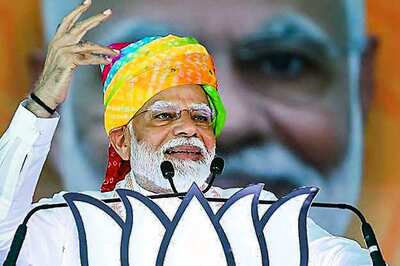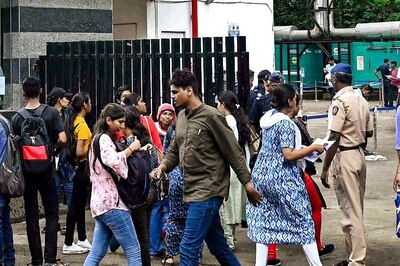
views
Baghdad: Violence in Iraq killed more than 15,000 civilians and security personnel in 2014, government figures showed on Thursday, making it the deadliest year since sectarian bloodshed in 2007.
Figures compiled by the health, interior and defence ministries put the death toll at 15,538, compared with 17,956 killed in 2007, during the height of Sunni-Shiite sectarian killings.
The toll was also more than double the 6,522 people killed in 2013.
The year got off to a bloody start, with the government losing control of parts of Anbar provincial capital Ramadi and all of Fallujah - just a short drive from Baghdad - to anti-government fighters.
The violence was sparked by the demolition of the country's main Sunni Arab anti-government protest camp near Ramadi in late 2013.
It spread to Fallujah, and security forces later withdrew from areas of both cities, leaving them open for capture. That was a harbinger of events of June, when the Islamic State group spearheaded a major jihadist offensive, sweeping security forces aside.
The militants overran Iraq's second city Mosul and then drove south toward Baghdad, raising fears the capital itself would be attacked.
They were eventually stopped short, but seized swathes of five provinces north and west of the capital. A renewed IS push in the north in August drove Kurdish forces back towards the capital of their autonomous region, helping to spark a US-led campaign of air strikes against the jihadists.
That effort has since been expanded to training Iraqi forces aimed at readying them as quickly as possible to join the fight against IS.
Iraqi soldiers and police, Kurdish forces, Shiite militias and Sunni tribesmen have succeeded in regaining some ground from IS. But large parts of the country, including three major cities, remain outside Baghdad's control.



















Comments
0 comment